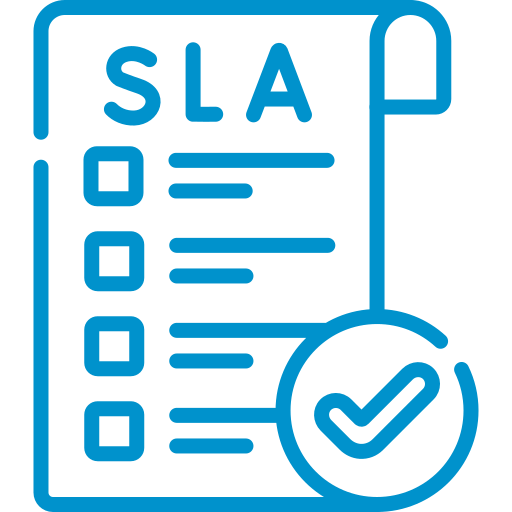
A significant portion of the uncertainties and delays experienced in software development projects stem from improperly structured SLAs. The technical answer to the question “What is an SLA?” is that it is a set of formal commitments between the service provider and the customer that includes measurable criteria such as service quality and response times. SLAs reduce operational risks for organizations while providing transparency and control. Today, not only process-focused SLAs but also XLAs (Experience Level Agreements) that measure customer experience and KPIs that monitor internal performance play an important role in service management. However, the fundamental focus among all these concepts is to make service quality concrete, measurable, and manageable through SLAs. Does your SLA meet these requirements? Find out in the rest of our blog post!
What is SLA and How is it Prepared?
Simply providing a definition of SLA is not enough; structuring an effective SLA correctly is critical in terms of service quality and customer satisfaction. SLA (Service Level Agreement), which is at the core of ITSM processes, is not just a signed document; it is also an operational roadmap.
When preparing an effective SLA, the scope of the service, performance criteria, and reporting methods must first be clearly defined. At this point, a priority matrix created by taking into account factors such as impact and urgency comes into play. This standardizes the time frame for addressing requests with different priority levels. The impact level is typically determined by the number of users affected by the issue or the size of the business unit, while the urgency level is determined by the time sensitivity requiring intervention.
This approach ensures that SLAs are not only strategic but also technically measurable and manageable. On the other hand, KPIs, which are often confused, measure internal performance, while SLAs represent external commitments made to customers.
Additionally, SLAs vary depending on their type:
SLA Type | Description |
Customer-based SLA
| Individual service agreement with a specific customer |
Service-based SLA
| Single SLA applicable to services provided to all customers |
Internal SLA
| Service level agreement between internal departments |
Multi-level SLA | Multi-layered configuration based on user, service, and corporate levels |
What are the key metrics that businesses should monitor in SLA tracking?
The question “What is SLA?” should be answered not only with a definition but also with the metrics that measure it. This is because an effective service level agreement is not just a signed document; it is a living system where performance is managed in a sustainable manner.
According to ITIL standards, every organization should consider the following SLA metrics according to its business model:
- Uptime: The period of time during which the service operates without interruption
- Response Time: The time between receiving a request and making the first intervention
- Resolution Time: The total time it takes to completely resolve an issue
- First Call Resolution Rate: The percentage of support requests resolved during the first interaction
- Error Rates: The percentage of errors affecting service quality
- Security Indicators: Patch management, open risks, antivirus updates
- Business Outcomes: The level of contribution of the SLA to overall business objectives
The answer to the question “What is SLA?” depends on the organization and is determined by the proper selection of these metrics and their evaluation in conjunction with KPIs.
SPIDYA ITSM, one of the leading solutions in IT service management, digitizes your SLA processes from end to end, simplifies performance tracking, and accelerates your achievement of business goals.
Get acquainted with SPIDYA ITSM now and start managing your SLA processes intelligently!





